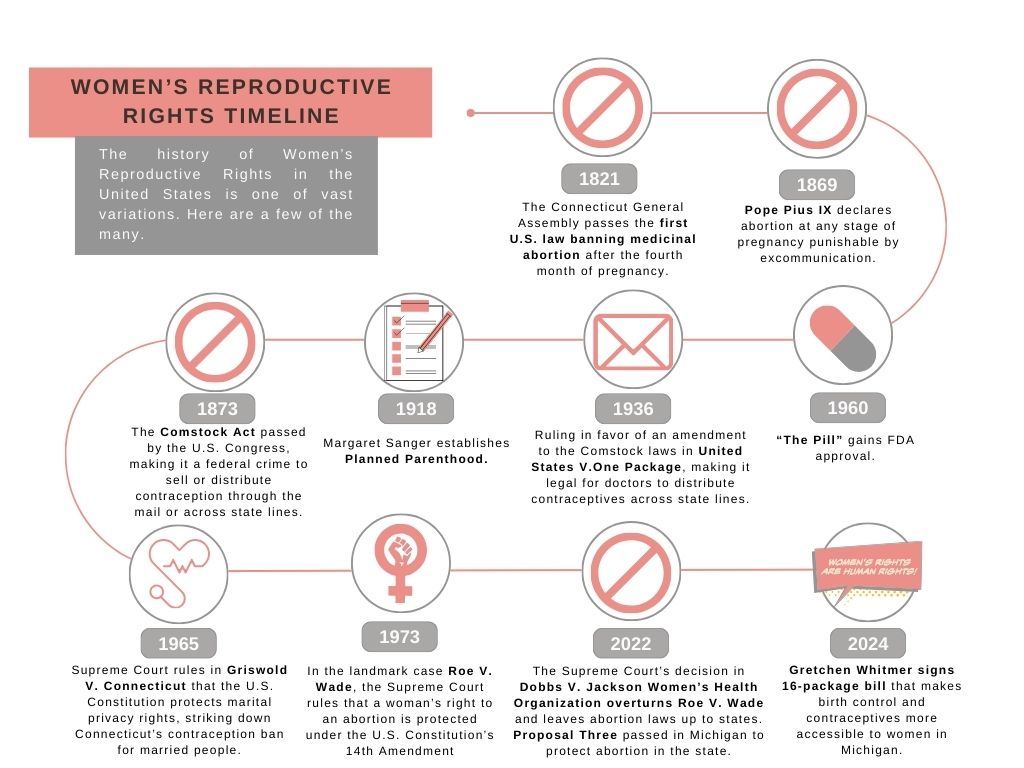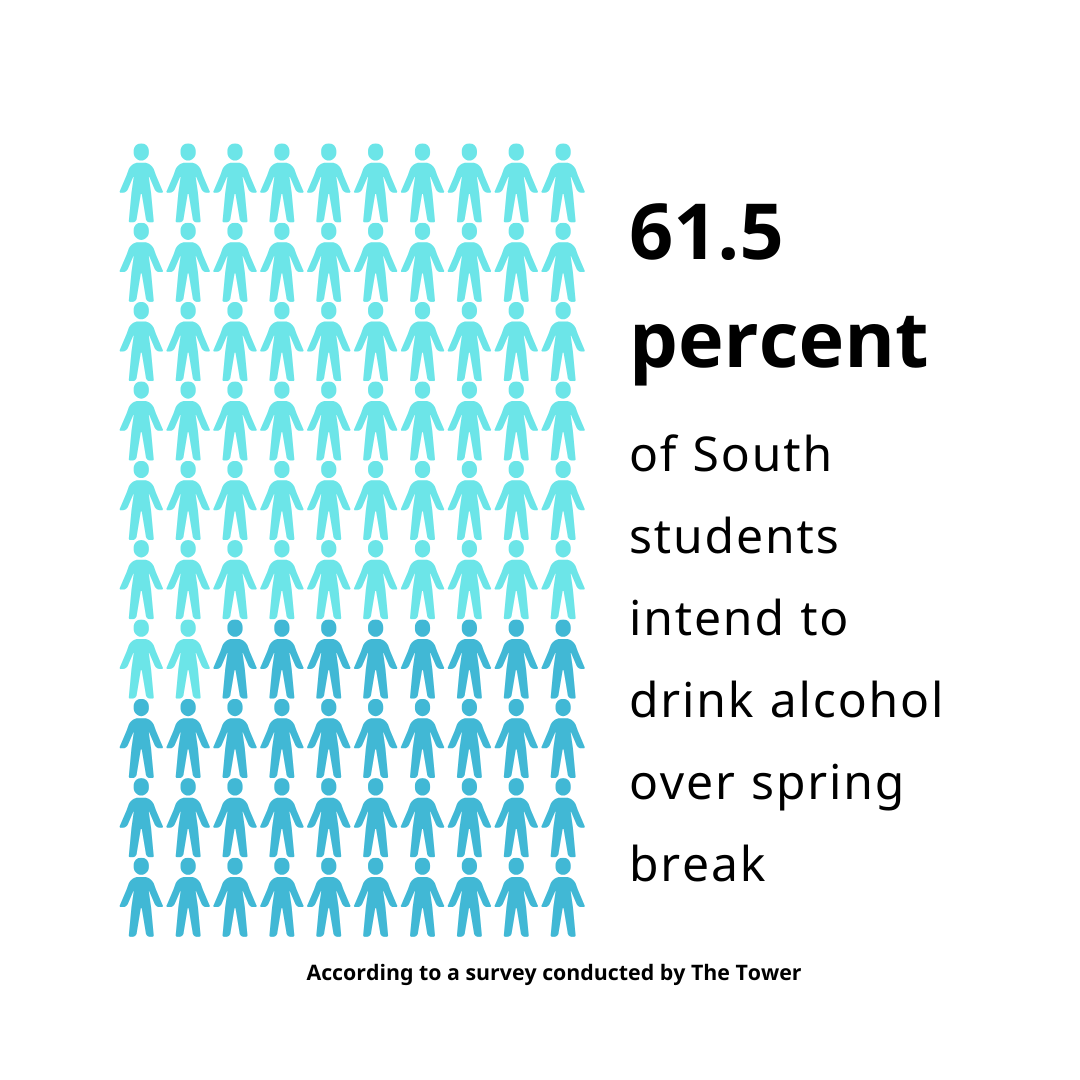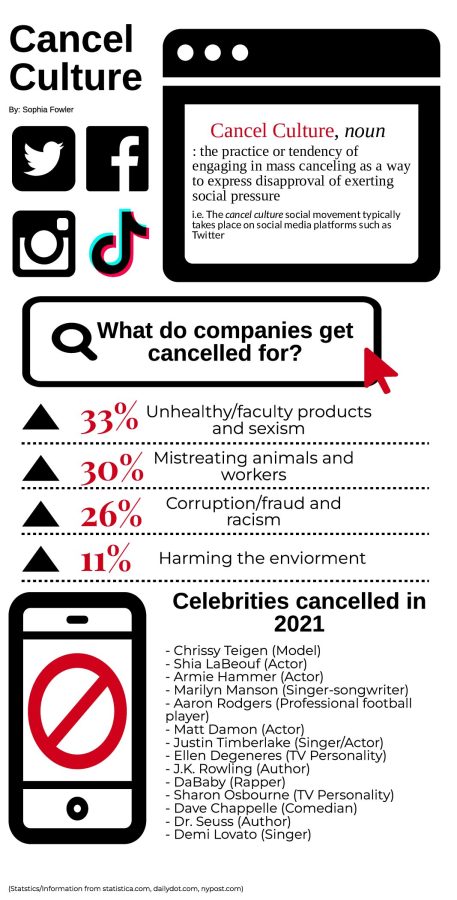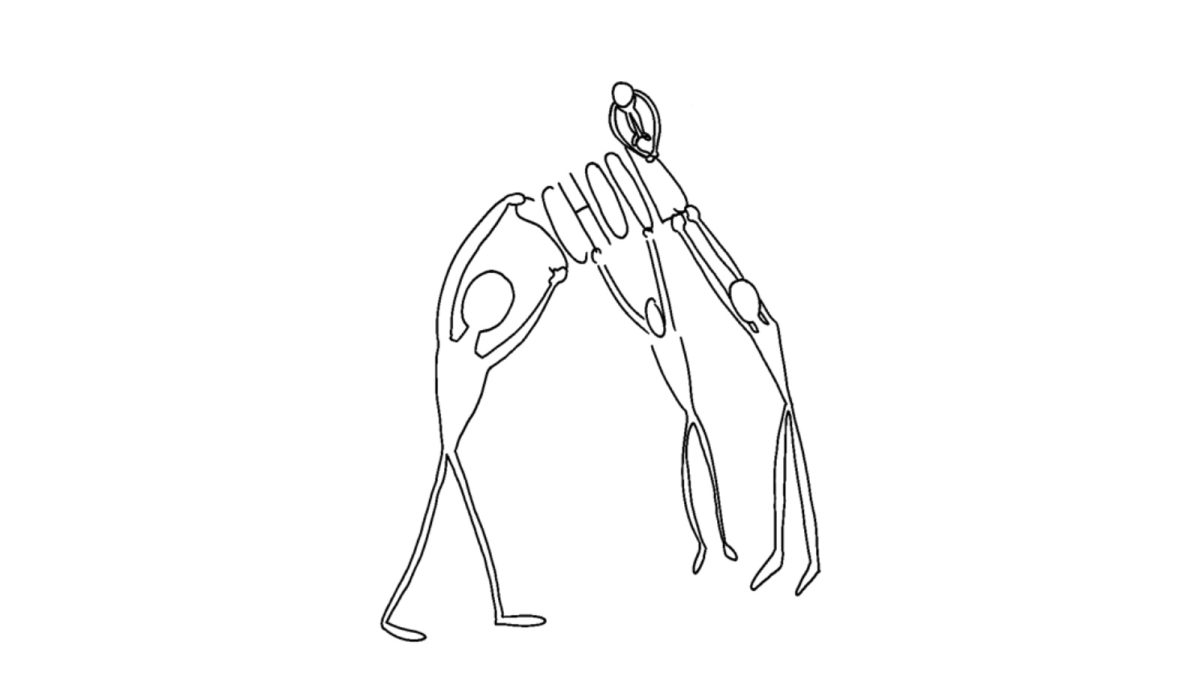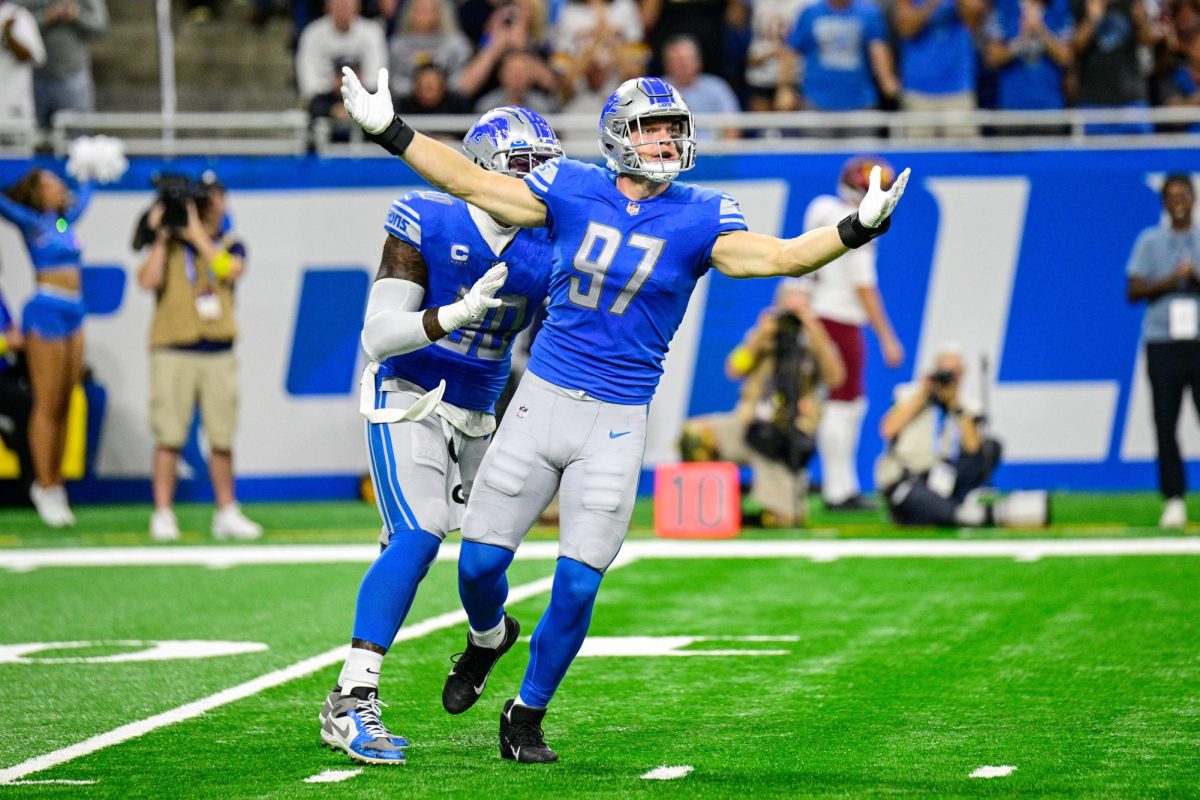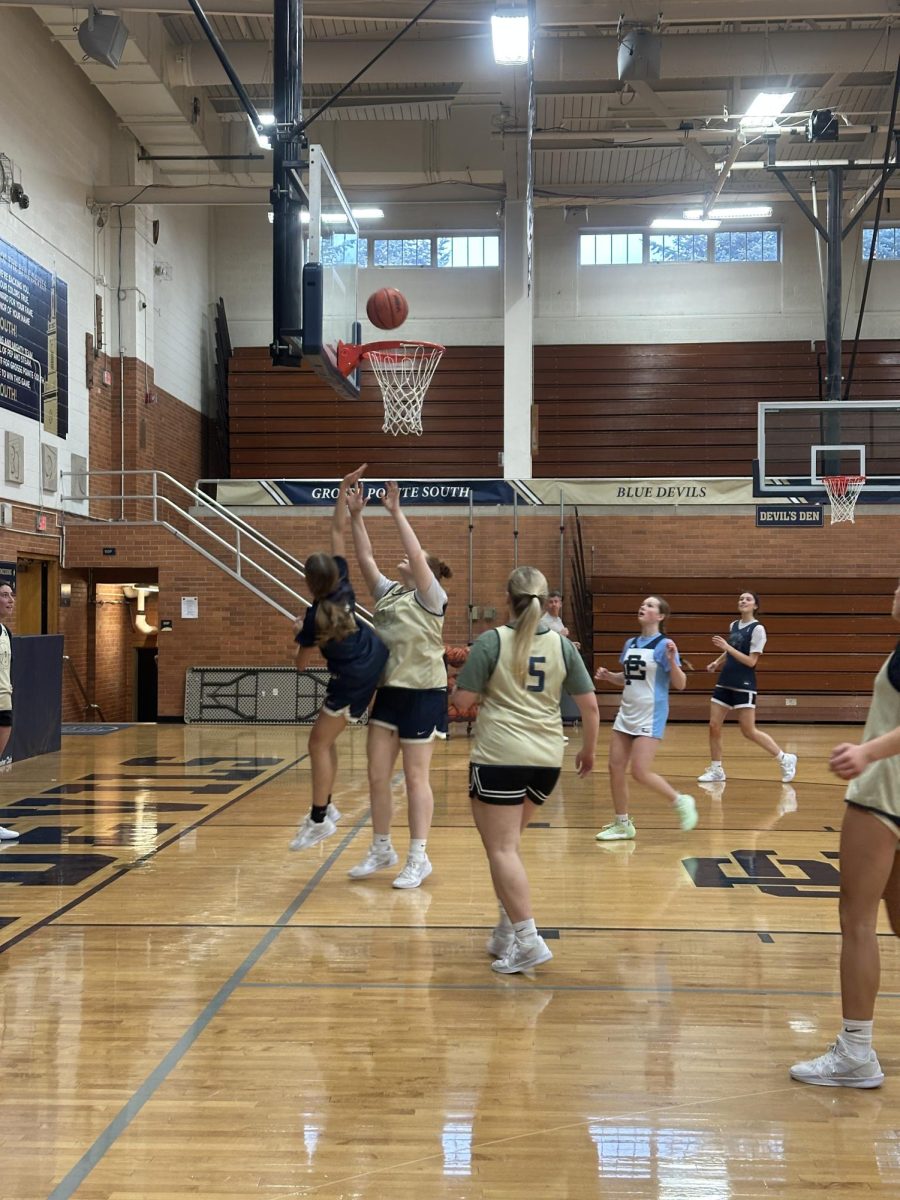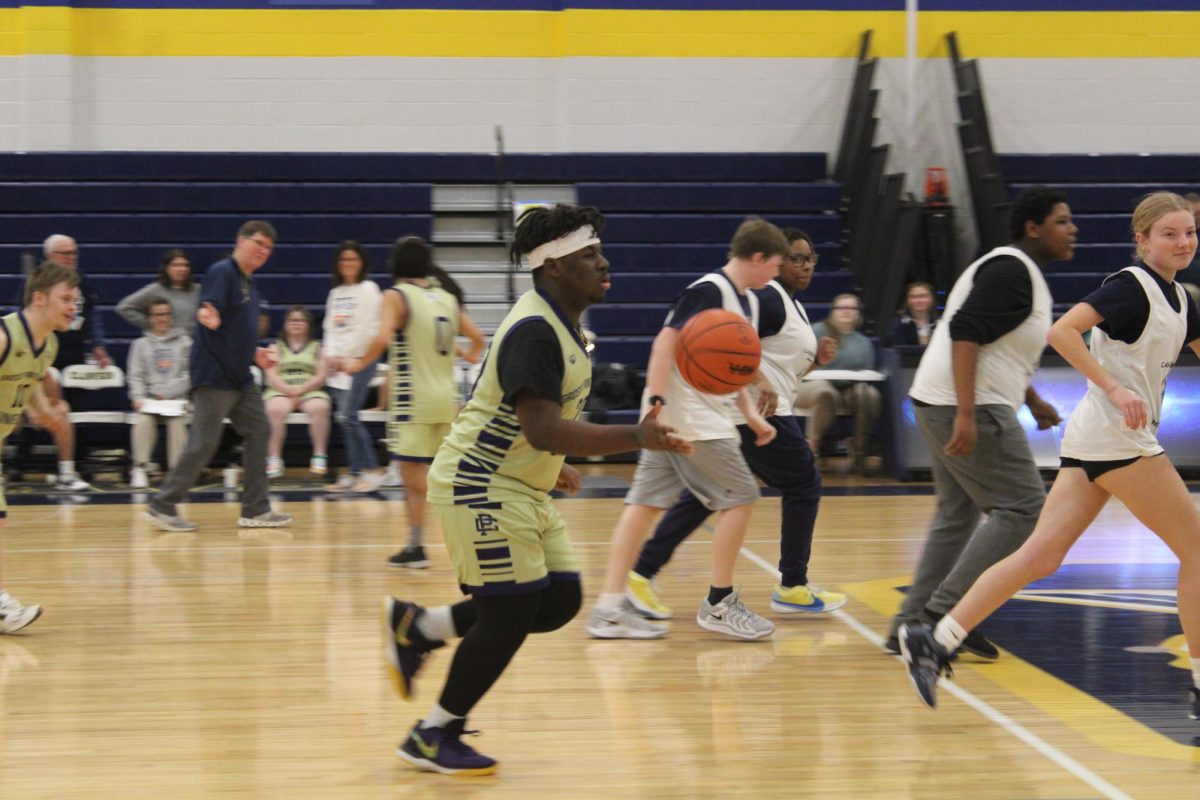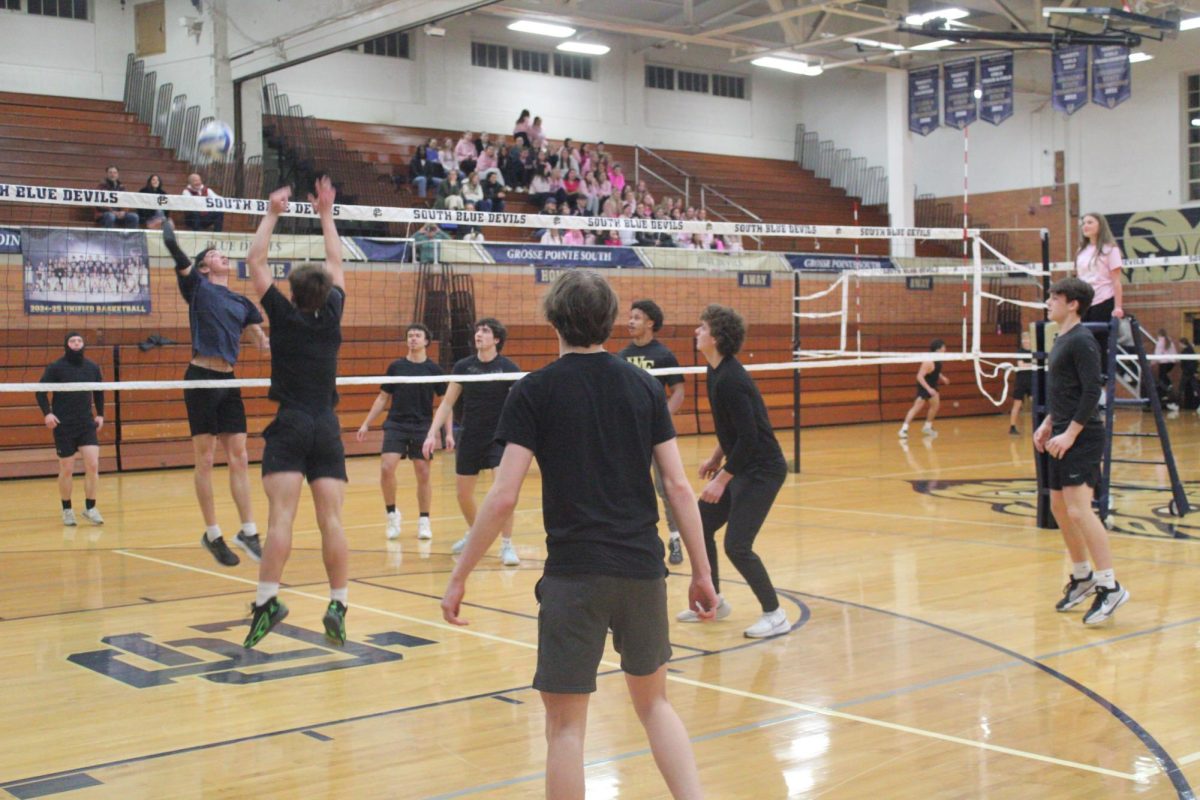As female athletics enter the spotlight, female athletes are forced to train harder, attempting to meet the standards set for them. Despite the increased viewership of women’s sports, they are still under researched and therefore more prone to injury, eating disorders, and more.
Three-time Boston Marathon Qualifier and clinical psychology student, Sabrina Blank believes that women often compare themselves to their male counterparts, despite their different anatomy. This comparison with physique, nutrition and progression, often leads women to feel as if they are behind.
“Feeling inferior and incompetent for being unable to meet these standards causes a sense of defeat and hopelessness,” Blank said. “This makes us want to stop doing what we are doing, stop putting in effort, and then we sort of fall into complacency.”
Not only can women fall into a cycle of comparison, but often their physiology isn’t taken into account during training. Varsity soccer captain Savannah Spangler ’25 has experienced this first-hand, especially in the weight room.
“I’ve worked out with guys and personal trainers where they gave us the same amount of weight,” Spangler said. “It’s supposed to be like 70 percent of your body weight, but I’m working with 90 percent because we’re not switching the weights between sets. Sometimes I have to use a lot more energy and work a lot harder to keep up with the male workouts.”
Spangler said that the movement of women’s athletics is growing worldwide despite the disadvantages females have in the weight room.
“The FIFA World Cup made history for women’s soccer,” Spangler said. “It was a turning point for them, just gaining a following from everyone in the world. Also basketball players like Caitlin Clark and Angel Reese, they’re bringing attention to women’s sports, which is giving us more resources and funding to develop our female athletes.”
Bridgette Scarber, Grosse Pointe North’s athletic trainer, notices that her female teams often avoid the weight room. Rather than doing strength training on rainy days, they run laps in the hallways. She finds that there isn’t even space for the female teams in the weightroom, so they have to improvise.
“All the male-dominated sports, they usually are using the weights and taking up a big bulk of the weight room,” Scarber said. “Even if our girls teams were to go in there, they wouldn’t have a lot of space or equipment to use.”
Despite the female team’s hesitance to lift weights, Scarber believes that one of the best places for a female athlete to spend her time is in the weight room getting stronger.
“Girls, get in the weight room,” Scarber said. “That is a hill I will die on. I think we need to see more young girls in the weight room and have the confidence to take up space in it and support each other through it. There are so many times where I see females that want to go use equipment or want to go in the weight room, but they’re like ‘no, there’s too many boys in there’. Take up your space. You build confidence, become a better athlete and decrease injury risk; there’s really no downside to it.”




